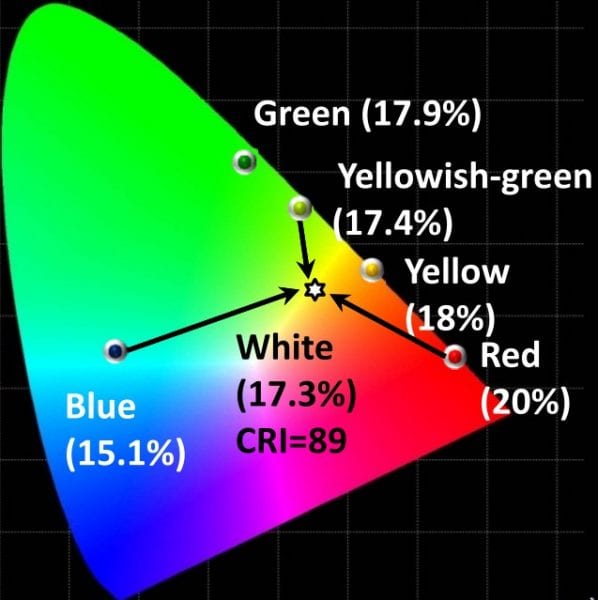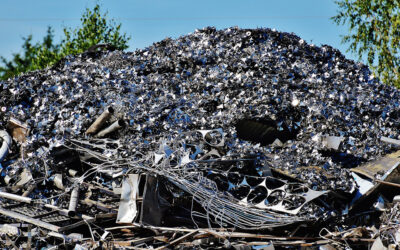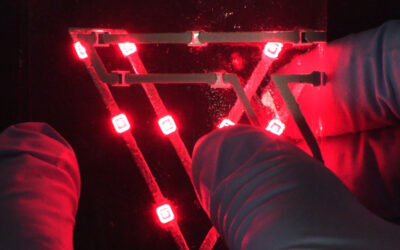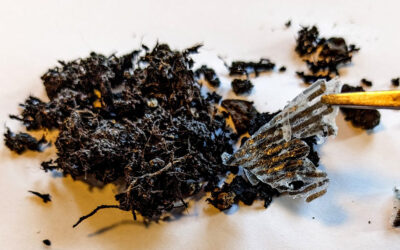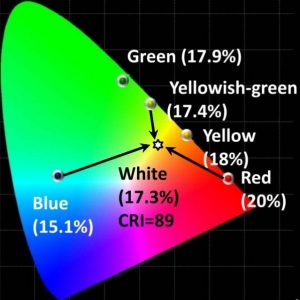 The utilization of heavy-metal-containing phosphorescent emitters has led to the great success of organic light-emitting diode technology. In order to avoid the intrinsic self-quenching obstacle of phosphors, the “guest” emissive complex usually needs to be dispersed into some host organic matrix. Typically, sophisticated device architectures are used for efficiently extracting individual emission colors.
The utilization of heavy-metal-containing phosphorescent emitters has led to the great success of organic light-emitting diode technology. In order to avoid the intrinsic self-quenching obstacle of phosphors, the “guest” emissive complex usually needs to be dispersed into some host organic matrix. Typically, sophisticated device architectures are used for efficiently extracting individual emission colors.
However, for cost-effective fabrication of full-color OLED displays, it is highly desired that the host material can be concurrently suitable for red-, green-, and blue-emitting phosphors with the same device structure. In addition, by combining appropriate two or three efficient phosphors, all-phosphor white-OLEDs (WOLEDs) using a common host material can also be reasonably achieved.
Now, scientists from Taiwan have fabricated a tailor-made host material configured via a carbon center to effectively block the electronic interactions between electron–donating and accepting moieties, rendering a bipolar character for carrier transportation and a high triplet energy for the efficient confinement of phosphors emissions. With this new host material, they successfully realized efficient phosphorescent OLEDs with various emission colors with a common device configuration. Furthermore, they created a single-host RGB WOLED, which exhibited outstanding efficiency with superior color stability and color rendering index (CRI) up to 89.

